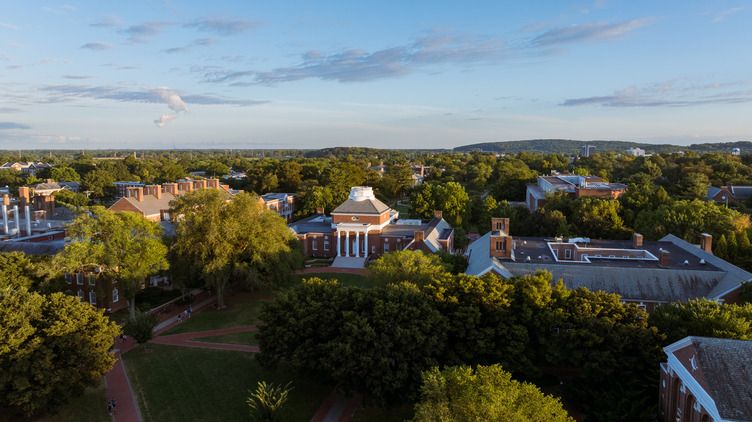The arrival of a leap year brings with it myths, legends and superstitions about its origin. John Gizis, professor of physics and astronomy at the University of Delaware, takes part in a Q&A to share the truth and science behind this “extra” day added to the Gregorian calendar every four years.
Why do we have leap day?
Unfortunately, the amount of time the earth takes to go around the sun is not exactly 365 days. It’s off by about ¼ of a day each year.
It would be hard to have a calendar for 365 ¼ days. When was the extra day added to the calendar?
Julius Caesar introduced the Julian calendar in 46 B.C., which added one extra day every four years. Of course, the year is not exactly 365 ¼ days either, so after a while, that extra time built up. Pope Gregory XIII established the Gregorian calendar [the current calendar] in 1582 to correct the fact that the calendar had gotten off by about 12 days, enough that it was noticeable.
How was it noticeable?
The seasons were gradually shifting, so that what we think of as summertime in the northern hemisphere had gradually become more like autumn. The shortest day of the year is Dec. 21. Basically, the shortest day of the year drifted and eventually was in early December.
How did they institute the reforms?
First, they skipped a couple of weeks, so they returned to the original calendar lining up with the sun and stars as it’s supposed to. Then they instituted a couple of rules to keep this from happening again. Leap year happens in years divisible by four, but every 100 years, there is not a leap year. However, every 400 years, you do have a leap year. This happened in the year 2000. And the next time it will happen most of us won’t be around — 2100 will not be a leap year.
What would happen if the extra day had not been introduced?
If we didn’t have it at all, we would be off by ¼ of a day every year. The seasons would completely shift through the calendar and anything that ties to the seasons would be affected, like farming. It would create havoc with the time to plant and to harvest crops, for example. You also would lose the meaning behind sayings such as “April showers bring May flowers.”
Multiply the 2,000 years since it was introduced by ¼ day per year, and that would be 500 days we would have shifted over history. In the northern hemisphere January would have become summer, then gone back to being winter, then shifted off again.
Does adding the extra day make up the difference exactly and keep the astral year in sync with the calendar year?
Yes, but this relates to a bigger issue. Astronomers want time to match up so that the positions of the stars match up year after year. Because the length of day changes slightly over time, astronomers sometimes would like to add an extra “leap second” to keep the stars in sync with our time system. But adding a second is an annoyance for computer and tech systems.
Did you know that people born on leap day are sometimes called “leaplings?” According to Google, in 2020, there were about 5 million people with Feb. 29 birthdays. Do you think they have any advantages or disadvantages to being born on this day?
No, I didn’t know that, and I know someone who refused to be induced on that day because she didn’t want confusion for her child, although I think it might be cool. After all, in this day and age, everyone always knows how old they are.
To set up an interview with Gizis, visit his profile and click on the contact button.





